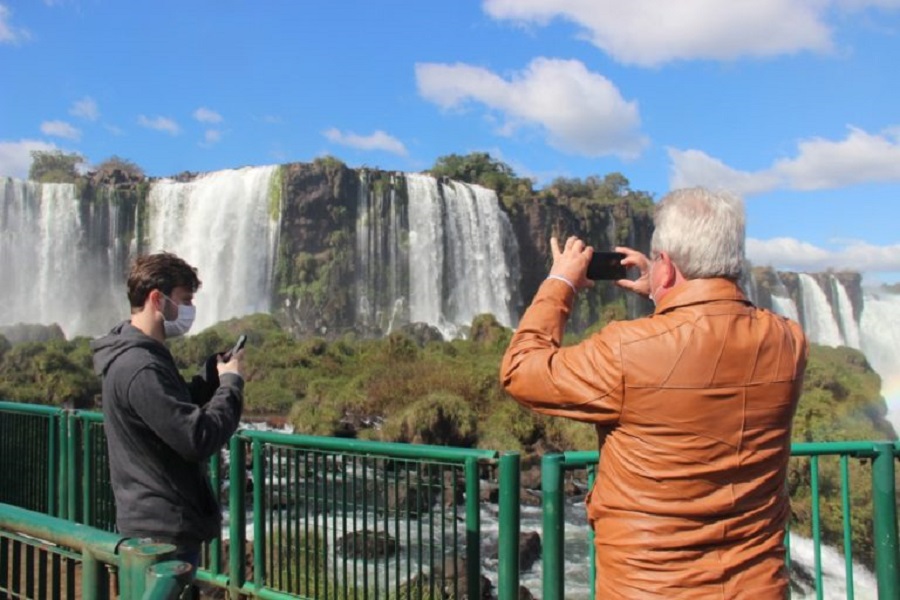RIO DE JANEIRO, BRAZIL – The sector is expected to hire 478,100 formal workers between November 2021 and February 2022. Of this total, 81,700 will be directed to meet the high summer season demand, mostly in temporary positions, according to a survey conducted by the National Confederation of Trade of Goods, Services and Tourism (CNC).
According to the Tourism Activities Index, calculated by the Brazilian Institute of Geography and Statistics (IBGE), the sector’s revenue has increased 49.1% since the end of the second wave of the pandemic in Brazil. And, although it is still 20.7% below the pre-crisis level, it is the best result since February 2020.

If this scenario persists, CNC projects that tourism activities will generate R$171.9 (US$32) billion in revenue over the next high season, which would contribute to raising revenue to the level registered immediately before the pandemic started in May 2022.
According to CNC chairman José Roberto Tadros, an indication of the partial reactivation of activities is the behavior of sectorial prices.
“Although during the first wave of the Covid-19 pandemic, tourism services became cheaper, with reductions of 6.3% in the daily rates of hotels and inns and 28.5% in airline tickets, for example, in recent months, the resumption of demand and, mainly, the increase in tariffs, such as electricity, have been pressuring virtually all prices in the economy,” he said.
According to the entity, in 2021 alone, electric energy accumulated a high of 24.97% and energy expenses represent, on average, 19% of the costs in lodging services and 15% in bars and restaurants
“Nevertheless, from March 2020 through October 2021, the average variation in tourism services prices (+7.8%) was below inflation as measured by IPCA-15 (+11.8%) and some typical services of the sector still had lower prices than those practiced before the beginning of the health crisis, such as lodging (-5.7%), app transportation (-6.7%) and intercity bus tickets (-10.7%),” the CNC reported.
PROGRESS IN VACCINATION
The study also points out that the positive impacts of flexibilization have been perceived in the generation of formal jobs in tourism activities. In 2020, when the sector showed a 36% contraction in revenue, the difference between the number of hires (897,510) and dismissals (1.13 million) produced an annual negative balance of 238,680 vacancies, according to data from the General Registry of Employed and Unemployed (CAGED).
From January through September 2021, before the beginning of the hiring period for the high season, companies recorded a positive balance of 167,530 formal jobs. Most of these vacancies (126,800) were generated from May onward, with the progress of vaccination.
CNC economist Fabio Bentes, in charge of the survey, says that, traditionally, the segment offering the most temporary jobs at this time of the year is bars and restaurants.
“For the season started this year, the segment should account for 77.5% or 63,400 vacancies. Lodging is another segment that typically stands out, which historically offers almost all (97.2%) of its temporary jobs during this season, over a 12-month period. For the 2021/2022 high season, this segment should account for 13.8% (11,200) of all jobs created in tourism.
In terms of occupations, the main job categories demanded by the sector during the next high season should be receptionists (14,490 vacancies); cooks and kitchen staff (8,090); chambermaids (7,300); waiters and waitresses (4,760); and laundry staff (7,760). São Paulo (23,490 vacancies), Rio de Janeiro (10,340) and Minas Gerais (7,430) are expected to offer half of total vacancies.

